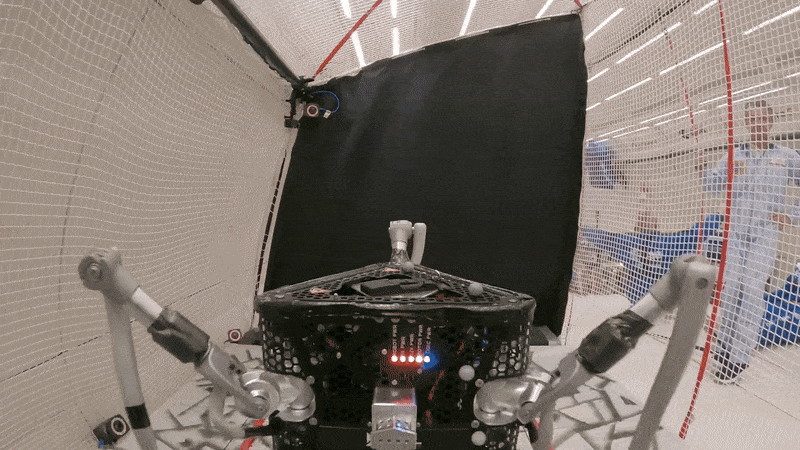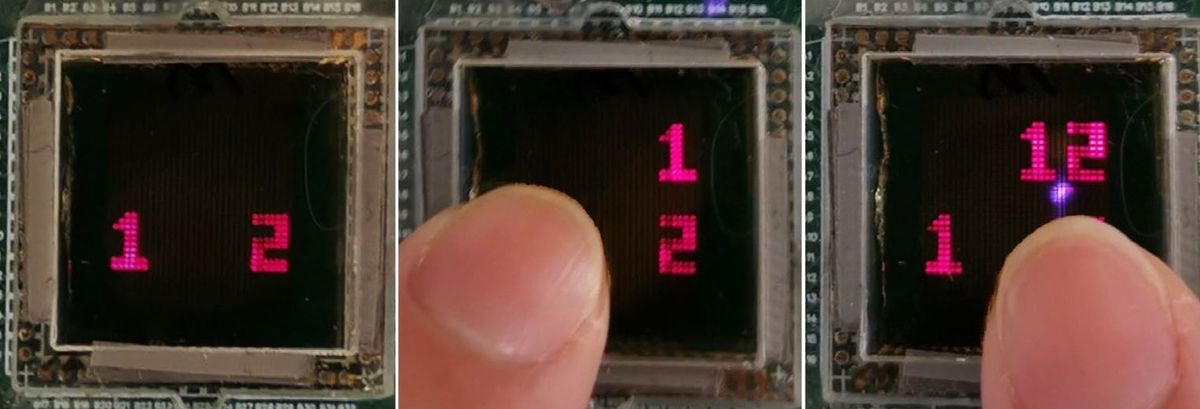It seems that making videos available on the Internet that explain nanotechnology has almost become a sub-genre in the video clip universe. We have had competitions to find the best video for this purpose and gone so far as to create categories for the competition. Even noted nanotech experts have offered their take in video form on why anyone should care about nanotechnology, or if they do what it really means.
You might get the impression that I am somehow disapproving of these endeavors. On the contrary, I am addicted to them. The latest video in this growing genre is the product of a joint effort by the European Commission’s (EC) NANOYOU project and the Nanoscience Centre at the University of Cambridge.
The quality of the video is given a huge boost by having the noted actor, essayist and so-called renaissance man, Stephen Fry, as the narrator. It seems that Mr. Fry has taken quite an interest in nanotechnology of late with his implicit recommendation of a UK report that contained somewhat dubious assertions.
The video does all the things you hope a video explaining nanotechnology would do, namely it tries to give a sense of the scale and what happens to materials at that scale and why that’s important. Of course, because it’s the University of Cambridge and nanotechnology the “Morph Phone” is trotted out again…sigh.
But I have to say it’s all really well done. Perhaps the most intriguing bit is at the end when are presented what the future of nanotechnology might be. Of course, we are given the molecular manufacturing future, but we are also presented with Professor Mark Welland’s vision of a future device that would be implanted into us and would operate “like a small mobile phone” with which we could not only communicate with anyone our mind thought of contacting, but we could also experience the sensations of that person. In Welland’s example he could talk to his son climbing the Himalayan mountains and also sense his experiences.
A fun game is going through the current research projects at the University of Cambridge’s Nanoscience Centre and try to figure out which one of these projects might eventually lead us to such a device.
Dexter Johnson is a contributing editor at IEEE Spectrum, with a focus on nanotechnology.


